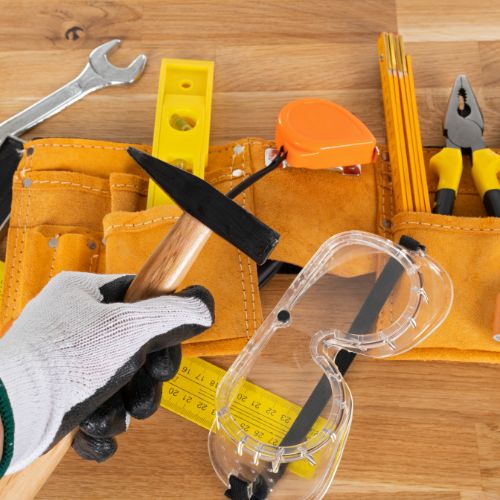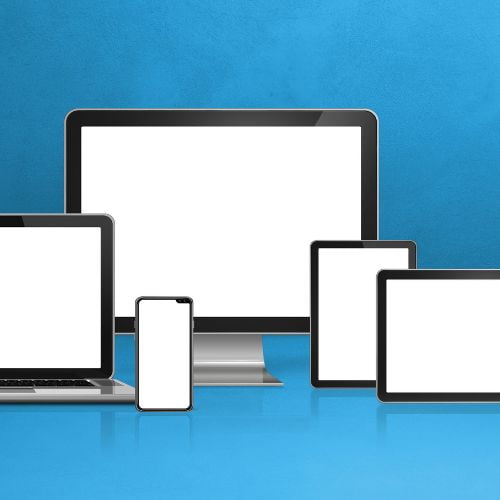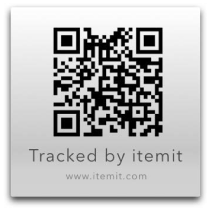Not sure whether to track your ICT asset register using GPS or QR code technology? Read this article now to find out why QR codes are better!
Ways To Optimise Equipment Utilisation And Extend Equipment Life
Ways To Optimise Equipment Utilisation And Extend Equipment Life
Whether you rent or own your equipment, it’s likely that the associated costs are quite high. Such costs could be 20% of your total outgoings. This could potentially be quite a large sum of money. If you have equipment that’s not being used it’s still costing your company 20%.
If your rented or owned equipment is frequently unused, making sure it’s used more efficiently could reduce those costs. Ways such as pre-emptive maintenance and tracking your equipment can help. Let’s look at these tips and others a little more closely.
Understand The Baseline
Before you even consider optimising equipment utilisation you need to know what the baseline is. When you know what this is, you can then move forward. Your baseline contains figures that relate to how often you use each machine, for example. It will also include information that pertains to how often your machines sit idle. When you have all of this information you can then work towards optimising everything. Pre-emptive maintenance, tracking, and minimising downtime will then be possible.

Take A Look At Your Trends
The next stage involves looking at your trends. Take a look at how often you have used your tools, machinery, and anything else you use. Look at the trends and analyse everything by type and class. This data can help you to have a better idea about the demand for equipment in various locations.
Be sure to look at your trends each time you purchase new equipment. After a few months, a trend should start to appear, and it’s this that can give you the information you need.
Track Your Equipment
Tracking your equipment can help immensely in terms of optimising its utilisation. When you know where all of your tools, vehicles, and everything else is, you can have more control over it.
It is thought that almost a quarter of rental equipment is returned to its rightful owner approximately 2 weeks late. One of the main reasons that tools are returned late is that it’s hard to know where they are. If you have rented a lot of tools and they’re used in multiple locations, it’s not always easy tracking them down.
Tools that have been returned late mean additional costs and a lot of frustration. However, these can be tackled by using equipment tracking software. When everything is tracked it can be located with ease. When software is downloaded onto devices that are used onsite (such as tablets, mobile phones, and laptops) it allows for better tracking.
Some equipment tracking software allows you to set reminders so that you know exactly what needs to be returned and when. As a result, late fees may be a thing of the past.
Coordinate The Use of Your Equipment
Another ideal way to optimise utilisation of all of your machinery, etc. is by coordinating its use. For example, one of your delivery trucks may be waiting for repairs. However, the delivery truck is at the far end of your busy car park so you have to wait for a space to become free next to it before you can repair it. However, before you can repair anything you need to wait for some tools to be returned for a busy site.
It’s entirely possible for you to coordinate the use of your car park and the tools. Perhaps you could do this by purchasing more tools and ensuring the space next to the broken down delivery truck is always empty. When you know how and where your equipment is being used you can potentially coordinate everything in a much better way.
Minimise Downtime
No matter how much equipment you have or how many tools you own, there will be a time when something needs to be repaired. When an excavator, for example, needs to be repaired unexpectedly, it can potentially hold up all of the other work. However, when you use pre-emptive maintenance you help to minimise downtime.
Before you use your excavator for a large job you could take a look over it. Making sure that everything is in good working order can be the ideal way to help prevent unexpected incidents. Of course, there will be occasions that you simply cannot plan for. Your dump truck may stop working in the middle of a job. A tool may snap or a saw may become blunt. As long as you use pre-emptive maintenance you can minimise downtime.
Another way to use pre-emptive maintenance is by setting up a maintenance schedule. Some equipment tracking software features this option, making it very handy to use. Ideally, every piece of equipment and machinery, and every tool will be maintained regularly. Setting up a maintenance schedule can ensure that everything is taken care of.
Wish to speak with an expert about equipment utilisation and pre-emptive maintenance? Contact us now at: team@itemit.com.
The Ideal Tool For Optimising Equipment Utilisation
Choose a better way to track your assets
Start your free 14-day trial now
Instant access. No credit card details required.
Related articles
GPS Versus QR Codes: Which Is Better?
Business Systems And The Integration Of Tracking Software
Wish to improve your business systems? Read this article to find out why the integration of an asset tracking app and tracking software can help!
How To Track Manufacturing Equipment
Wish to track your manufacturing equipment to make your life easier? This article shows you how using an equipment tracking system helps!





